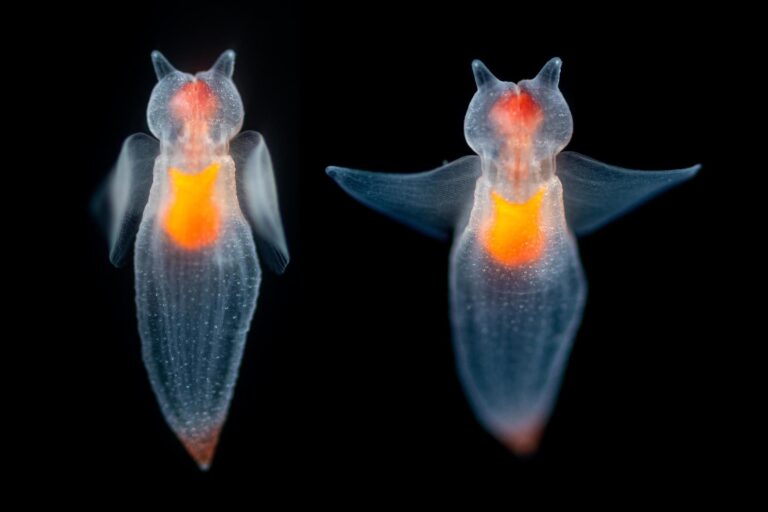The Emperor Angelfish: Best Majestic Beauty of the Reef
Table of Contents
The emperor angelfish (Pomacanthus imperator) is a regal creature, revered for its striking beauty and revered in the aquarist community for its popularity and enigma: Emperor angelfish – Wikipedia With its bold coloring and graceful presence, it’s a top choice for aquarium enthusiasts and hobbyists worldwide. This post is your deep-dive into everything you need to know about one of the most iconic fish of the coral reefs. Whether you’re considering bringing one into your home, studying marine life, or simply captivated by the sea’s splendors, here’s the guide you’ve been angling for

Habitat and Behavior
The emperor angelfish is indigenous to the warm waters of the Indo-Pacific, ranging from the Red Sea to the Hawaiian islands. They inhabit reef crests and slopes at depths ranging from 1 to 100 meters (3 to 330 feet), often found in small groups or pairs. Juveniles have a different set of colors, dark blue with spiraling white and electric blue stripes.
In the wild, emperors spend much of their day grazing on algae and small organisms, often heard before they’re seen, as they nip at coral and other surfaces. In captivity, their behavior can be equally as fascinating, with many adjusting well to aquarium life. They are intelligent and can even recognize their owners, displaying a certain level of curiosity and sociability.
Physical Characteristics: Emperor Angelfish
The emperor angelfish is known for its vibrant, distinct appearance. Adults showcase alternating thick bands of yellow and blue, vivid yellow dorsal and pectoral fins, and a bold white mouth and nose. Their distinctive ‘emperor’s crown’ is a fan-favorite feature, vividly displayed as they swim about in the tank.
Differentiating between the sexes is nuanced. Males are generally larger and have a more pronounced hump on their heads, while females tend to have a somewhat rounder profile. Both males and females have long, flowing dorsal and anal fins, which add to the regal appearance of this fish.
Diet and Feeding
In the wild, the emperor’s diet consists mostly of sponges, algae, small invertebrates, and zooplankton, gleaned from reef surfaces or the water column. To mimic this diet in the aquarium, provide a variety of plant-based foods, like algae sheets and spirulina, along with meaty foods such as brine shrimp, mysis shrimp, and quality marine pellets.
Feeding time can also be enriching for your emperor. Monitor them as they interact with their environment and tank mates. To ensure proper nutrition, consider offering multiple feedings per day, including fresh foods for a healthy, well-rounded diet.
Tank Requirements
Due to their size and swimming behavior, emperor angelfish require a spacious tank with plenty of room to move. A minimum tank size for a single emperor is around 125 gallons. Vertical space is also critical for them to exhibit their natural behaviors, so a tall tank is recommended.
Live rock is beneficial in providing natural grazing space, although they may pick at the coralline algae on tank glass or reef structures. When selecting tank mates, be mindful that the emperor can be territorial, especially towards other angelfish. Choose species that are not easily intimidated and can hold their own, but avoid overly aggressive fish that may harass the emperor.
Breeding and Reproduction
Breeding emperor angelfish in captivity is a challenging, yet rewarding, feat. The pair will bond by dancing and swimming together prior to spawning. Once the female lays her eggs, the male will fertilize them and then guard the nest, often in a secluded area.
Caring for angelfish eggs and fry is a precise art. The environment must be pristine to avoid fungus growth and the male may need to be removed if he fails to tend to the nest properly. Special protocols and tanks set up must be followed to ensure the highest chance of successful hatching and raising of the fry.

Health and Common Diseases: Emperor Angelfish
A healthy emperor angelfish will have vibrant colors and a hearty appetite. They are susceptible to typical saltwater aquarium diseases, including ich (white spot disease) and marine velvet. It’s essential to quarantine new fish before introducing them into the main tank and to maintain excellent water quality to minimize the risk of disease.
Regular observation is critical; early detection of issues can be the difference between a quick recovery or a long and potentially unsuccessful treatment. If you notice any changes in behavior, eating habits, or signs of physical injury or illness, isolation and treatment should be immediate.
Conclusion
The emperor angelfish has long captivated the hearts and minds of those passionate about life under the sea. Their care in the aquarium requires dedication and a good understanding of their needs, but the rewards are bountiful for those willing to take on the challenge. Remember, as you care for these regal creatures, you play a role in the conservation of marine life. Responsible aquarium practices not only benefit your fish but also support the preservation of their natural habitats.
Bringing an emperor angelfish into your home marks the start of an ongoing exploration into the ocean’s diversity. Each flicker of its fins and every point of its striking colors is a reminder of the beauty and wonder found in the world’s coral reefs. Should you choose to include one in your underwater community, may it bring a bit of the reef’s majesty into your life.







